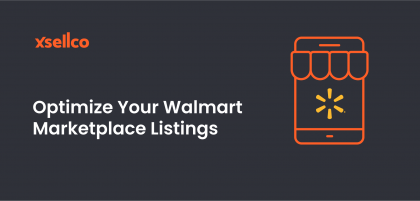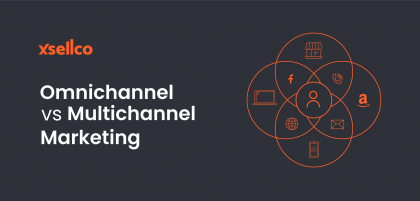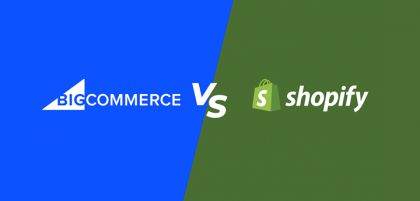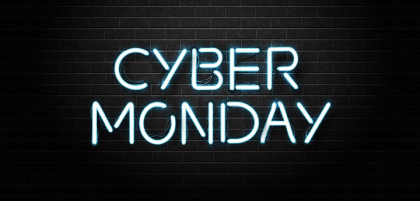E-commerce sales in France are expected to eclipse €81 billion ($86 billion) before the end of 2017, according to the French E-Commerce Trade Association. But almost half of the country’s online shoppers (49 percent) are still skeptical of purchasing from foreign vendors.
The reason: they’re doubtful that cross-border customer service is up to scratch and don’t want to deal with the hassle of returns. But that doesn’t mean that online sellers can’t capitalize on French spending habits.
While Amazon is the most popular e-commerce destination in France, there are other options if you’re interested in selling there.
Paris-based Priceminister, part of Japanese giant Rakuten Group, is the country’s second most-visited online shopping site, boasting more than 20 million members and 200 million items for sale.
Not sure if it’s the right fit for your business? We have compiled a handy list of pros and cons to help you decide whether or not it’s worth exploring.
The pros of selling on Priceminister
#1. Acquire new customers
Priceminister’s markets include France, Germany, Brazil, USA, Japan and Taiwan. The site attracts more than 10 million unique visitors every month and processes around 30,000 transactions per day.
#2. Less competition
With roughly 5,000 registered sellers, Priceminister merchants aren’t up against as much competition as they would be on Amazon or eBay.
Figuring out what to sell online is hard.
Check out our free 12-page guide on finding, validating and sourcing the best products to sell on any marketplace.
Get the guide→
#3. Secure, guaranteed payment
Priceminister guarantees payments for every sale—even if the buyer doesn’t pay. What’s more, the site takes fraud and counterfeiting seriously and works hard to identify and bar any buyers or sellers who are breaking the rules.
The cons of selling on Priceminister
#1. Marketplace fees
Priceminister charges a monthly fee as well as a commission on each item sold.
#2. Cost of returns
Sellers based outside the EU are responsible for paying return shipping costs and must provide buyers with a prepaid return label.
#3. You can’t escape the Buy Box
If multiple merchants have the same item for sale, the seller that meets a mix of performance-based metrics will be displayed in the Buy Box—just like on Amazon.
The bottom line
When it comes to choosing a new cross-border market, you must select markets that make the most sense for your business. Clothing is the most popular category for French online shoppers, so it’s worth researching whether there’s a demand for what you’re selling and who your competition is.
It’s important to consider your localization strategy, too. The Franco-centric nature of Priceminister, for instance, could create potential problems for sellers who are not equipped to trade on mainland Europe.
By investing in software such as xSellco’s e-commerce help desk, you can communicate with international customers without the need for multilingual agents. Our auto-translate tools helps you translate conversations in more than 50 languages, while our snippets feature automatically localizes sizing, measurements and more.
Take your e-commerce business global
Start your free trial now
Try xSellco free for 14 days. No credit card needed.








